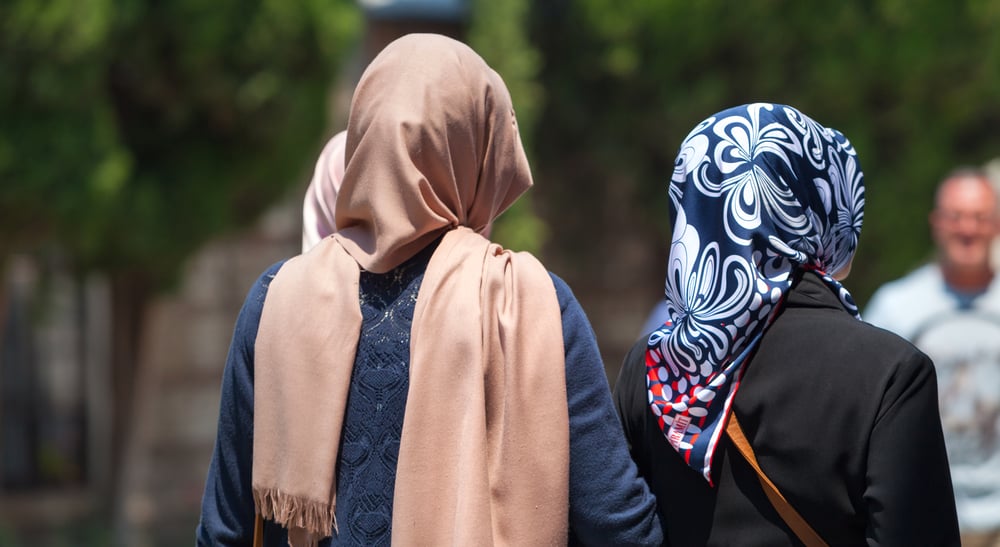Why Did Islam Allow Slave Women to Uncover?
Answered by Ustadha Shazia Ahmad
Question
The nature of Shari’a is modesty. Therefore, Muslims lower their gaze, and women cover. Why did Islam allow slave women to uncover? Doesn’t this contradict creating a modest society? Why force a slave woman to reveal even if she wanted to cover?
Muslim liberals and modern scholars say Islam never intended such segregation in society, and they use my point from the previous question as evidence! They say Umar used to force slave women to uncover so they don’t resemble free women. So since the only purpose of hijab was to differentiate between enslaved people and free women and because enslaved people no longer exist, women no longer need to cover! Many have removed their hijabs because of this. Please clarify.
Answer
The following is a complete hadith concerning the above ruling. Anas narrated, “The Prophet, may Allah bless him and give him peace, stayed for three nights between Khaibar and Medina and was married to Safiya. I invited the Muslim to his marriage banquet, and there was neither meat nor bread in that banquet, but the Prophet ordered Bilal to spread the leather mats on which dates, dried yogurt, and butter were put. The Muslims said amongst themselves, ‘Will she (i.e., Safiya) be one of the mothers of the believers (i.e., one of his wives) or just (a lady captive) of what his right hand possesses? ‘Some of them said, ‘If the Prophet, may Allah bless him and give him peace, makes her observe the veil, then she will be one of the mothers of the believers (i.e., one of his wives), and if he does not make her observe the veil, then she will be his lady slave.’ So when he departed, he made a place for her behind him and made her observe the veil.” [Bukhari]
This event took place after it was made obligatory for the Prophet’s wives to cover their faces. Covering one’s face was not made mandatory for slave women and concubines. This is why ‘Umar (may Allah be pleased with him) used to forbid them to do so.
A face veil would naturally interfere with their duties indoors and outdoors, making it easier for them.
[Ustadha] Shazia Ahmad
Checked and Approved by Shaykh Faraz Rabbani
Ustadha Shazia Ahmad lived in Damascus, Syria for two years where she studied aqida, fiqh, tajweed, tafsir, and Arabic. She then attended the University of Texas at Austin, where she completed her Masters in Arabic. Afterward, she moved to Amman, Jordan where she studied fiqh, Arabic, and other sciences. She later moved back to Mississauga, Canada, where she lives with her family.
